|
One of the greatest appeals of brewing is how nearly all human societies have developed brewing in one form or another. Meaning, to effectively study the history of brewing, it is necessary to look into a wide range of cultures, which can be a bit daunting at times. So, in an effort to bring sanity and order (mainly to myself for research purposes), I will categorize and continuously update the different alcoholic drinks and brewing methods developed by various countries. TanzaniaTanzania lies on the eastern coast of Africa, bordered by Kenya and Uganda to the north, Rwanda and the Congo to the west, and Zambia and Mozambique to the south. Tanzania has a tropical climate along its Indian ocean coast and contains temperate weather in its highlands to the north and south. The highest point is Kilimanjaro, which as most know, is the highest point in Africa. The population, which sits around 51.8 million people, contains around 125 different ethnic groups, with the Sukuma, Nyamwezi, Chagga, and Haya peoples being the biggest. Although the official languages are Swahili and English, there are over 100 different languages spoken making it one of the most linguistically diverse countries in Africa. According to recent reports, 61% of the population identifies as Christian, and 35% identify as Muslim. The remainder are either practitioners of indigenous religions or hold no beliefs. The majority of the population of Zanzibar identify as Muslim, which is curious as they produce the highest amount of sorghum, which is often used for brewing. Tanzania is heavily dependent on agriculture, which accounts for 85% of its exports, and employs around 66% of the population. Its cash crops are coffee, sisal, tea, cotton, cashews, tobacco, cloves, corn (maize), wheat, cassava, and bananas. Roughly 43.7% of the country’s land has been set aside for agricultural activities, including land for permanent pasture. Plus, 38% of the land has been protected for wildlife conservation. ConsumptionTanzania is ranked 6th in Africa for beer consumption, the majority of which is homemade. As such, bottled beers are around 6x more expensive. The biggest breweries in the country, Tanzania Breweries Limited and East African Breweries Limited, mainly produce lagers. NamesWith the wealth of linguistic diversity, so too are the words for beer. So despite pombe being the Swahili word for beer, it does not make it easier to define which alcoholic beverages come from Tanzania, as Swahili is spoken in other African Great Lake countries. Still, from what I can tell, drinks from Tanzania include:
StylesTurbid beer: A turbid beer is an alcoholic beverage which is not diluted with hot water, and consumed directly. Example of turbid beer: Komoni Straw Beer: To prepare a straw beer, hot water is added to the batch. This separates the beverage into three layers: the upper (containing floating husks), the middle (where clear beer sits), and the lower (containing sediment and precipitates) layer. Example of straw beer: Kimpumu, Kiambule Meads: Honey wine. Examples: Dengelua, Mbege, Wanzuki, Fruit wines: brewed with pineapple, plums or palm juice. Examples: Mnanasi, Mofru, Njimbo, Tembo-mnazi MaltingThe only description of malting is as follows: To germinate grain, maize and finger millet are soaked in water for a day. Afterward, seeds are placed in a nylon bag for two days. Once sprouted, they are placed on the floor and covered for one day. The source states they are sprayed, but to what with remains unclear. The grains are then left to dry in the sun for two to three days to effectively stop the germination process. Source: Kubo, Ryosuke. "Brewing Technique of Mbege, a Banana Beer Produced in Northeastern Tanzania." Beverages 2.3 (2016): 21. Methods of BrewingSo far, I have only been able to find brewing methods of four drinks: Komoni, Kimpumu, Kiambule, and Mbege. Despite being four different drinks, the one common theme employed by Tanzanian brewing is developing a fermentation source, and combining it with another, typically more nutritious, liquid. For example, to brew Komoni, a porridge of maize and finger millet is made and allow to ferment for a few days. Once completed, a separate porridge of maize and finger millet is prepared, and then added to the fermented porridge. This new slurry is stirred and left to stand for half a day, filtered, and then sold for consumption. Changes with ratios of grain to water and preparations of porridges is what helps develop different flavors with these beers. Fermentative OrganismsUnknown. But it is assumed that some strain of Saccharomyces cerevisiae and lacto bacteria of some kind are present. SourcesThe following is a current list of sources that discuss brewing in Tanzania in some form.
Baroin, Catherine. "De la bière de banane au soda en bouteille. Religion et boisson chez les Rwa du Mont Meru Tanzanie du Nord." Journal des africanistes 71.2 (2001): 77-94. Carlson, Robert G. "Banana beer, reciprocity, and ancestor propitiation among the Haya of Bukoba, Tanzania." Ethnology 29.4 (1990): 297-311. Fukui, Katsuyoshi. "Alcoholic drinks of the Iraqw: brewing methods and social functions." Kyoto University African Studies 5 (1970): 125-148. Green, Maia. "Trading on inequality: gender and the drinks trade in southern Tanzania." Africa 69.3 (1999): 404-425. Kubo, Ryosuke. "Production of indigenous alcoholic beverages in a rural village of Tanzania." Journal of the Institute of Brewing 120.2 (2014): 142-148. Kubo, Ryosuke. "Brewing Technique of Mbege, a Banana Beer Produced in Northeastern Tanzania." Beverages 2.3 (2016): 21. Laswai, Henri S., et al. "The Under-Exploited Indigenous Alcoholic Beverages of Tanzania: Production, Consumption and Quality of the Undocumented" Denge." (1997). Makindara, J. R., et al. "Consumer preferences and market potential for sorghum based clear beer in Tanzania." Journal of Brewing and Distilling 4.1 (2013): 1-10. McCoy, Sandra I., et al. "Alcohol production as an adaptive livelihood strategy for women farmers in Tanzania and its potential for unintended consequences on women’s reproductive health." PloS one 8.3 (2013): e59343. Nikander, P., et al. "Ingredients and contaminants of traditional alcoholic beverages in Tanzania." Transactions of the Royal Society of Tropical Medicine and Hygiene 85.1 (1991): 133-135. Rekdal, Ole Bjørn. "Money, milk and sorghum beer: Change and continuity among the Iraqw of Tanzania." Africa 66.3 (1996): 367-385. B. Shayo, A. Kamala, AB Gidamis, SAM Nnko, N. "Aspects of manufacture, composition and safety of orubisi: a traditional alcoholic beverage in the north-western region of Tanzania." International journal of food sciences and nutrition 51.5 (2000): 395-402. Tiisekwa, B. "Traditional beers processing in Tanzania: development needs [Mtama beer, sorghum beer]." Africa Focus (Belgium) (1986). Tiisekwa, B., A. Huyghebaert, and L. de Mey. "Suggestions of approaches to improve the manufacture of wanzuki (a Tanzanian honey beer)." Belgian journal of food chemistry and biotechnology 43.4 (1988): 125-130. Tusekwa, B., and A. Huyghebaert. "Traditional alcoholic beverages of Tanzania: suggestions of approaches to improve the manufacture of Ugwagwa." Mededelingen van de Faculteit Landbouwwetenschappen Rijksuniversiteit Gent (1988). Tusekwa, TCE Mosha, HS Laswai, EE Towo, A. B. "Traditional alcoholic beverages of Tanzania: production, quality and changes in quality attributes during storage." International journal of food sciences and nutrition 51.2 (2000): 135-143. Willis, Justin. "For Women and Children: An Economic History of Brewing Among the Nyakyusa of Southwestern Tanzania." (2002): 55-73.
1 Comment
Trials and Tribulations of African Women |
Jordan RexBeer archaeologist Archives
November 2017
Categories
All
|

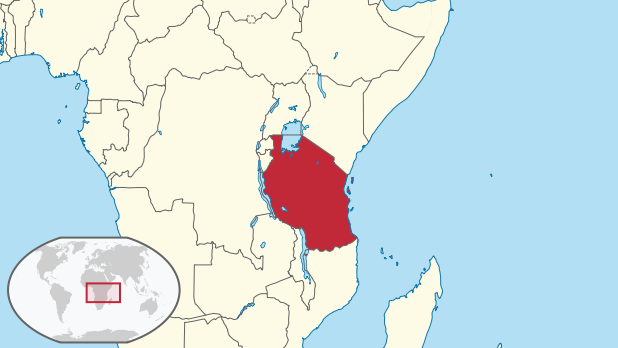
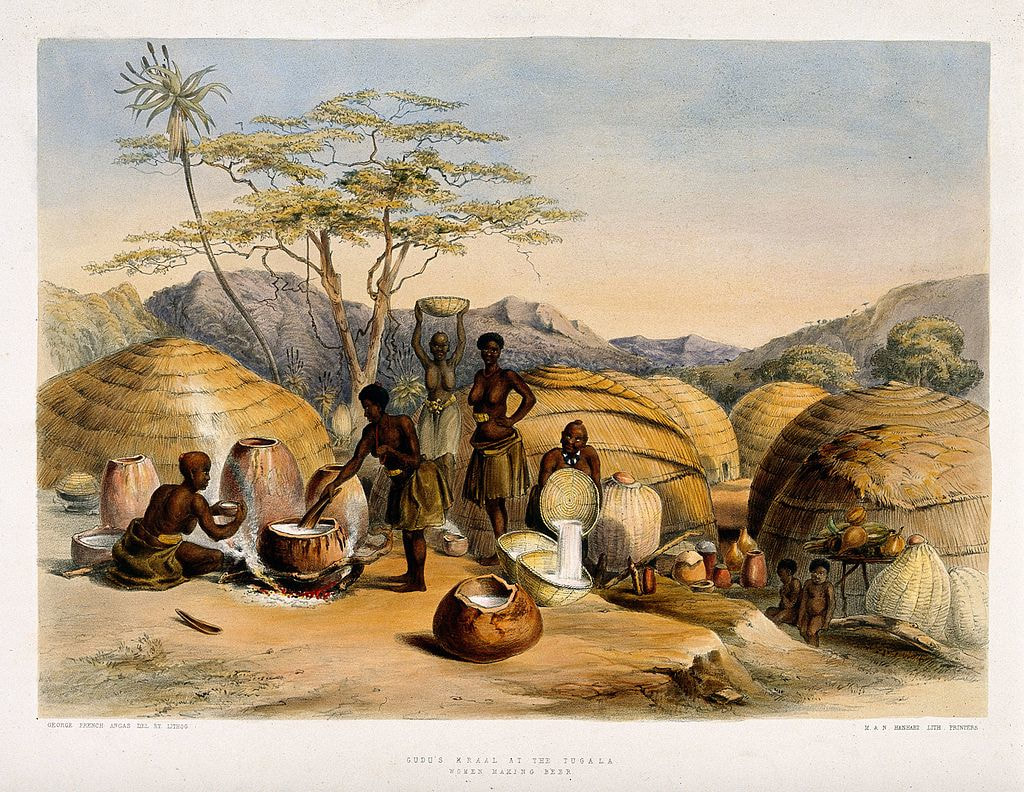
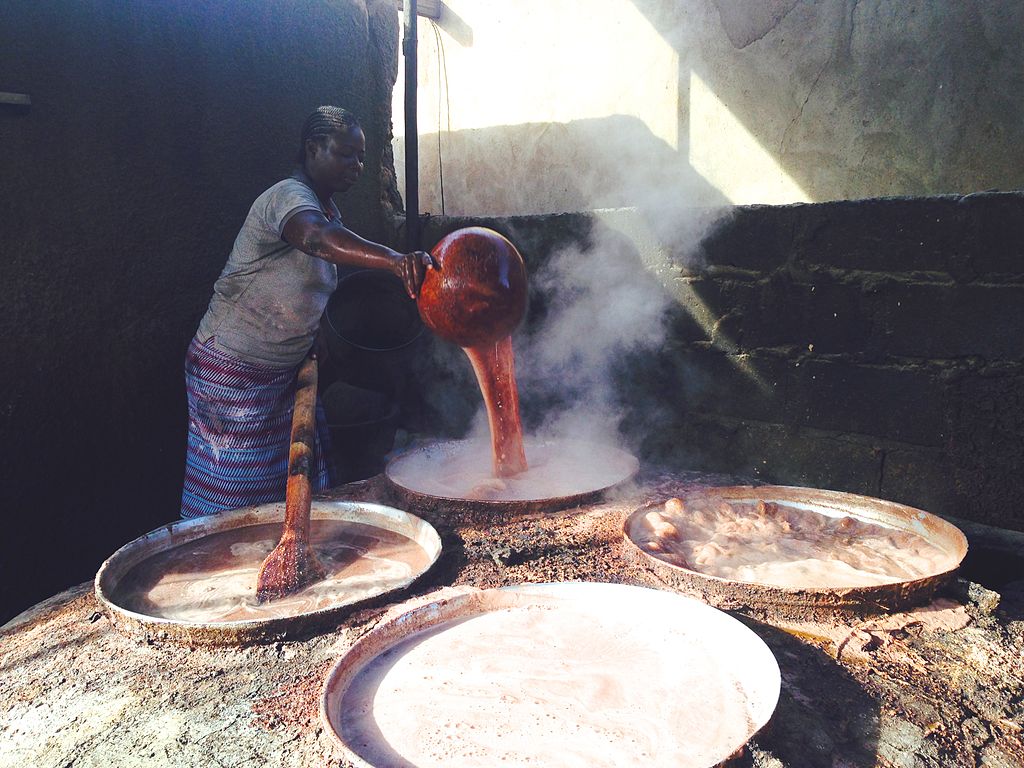

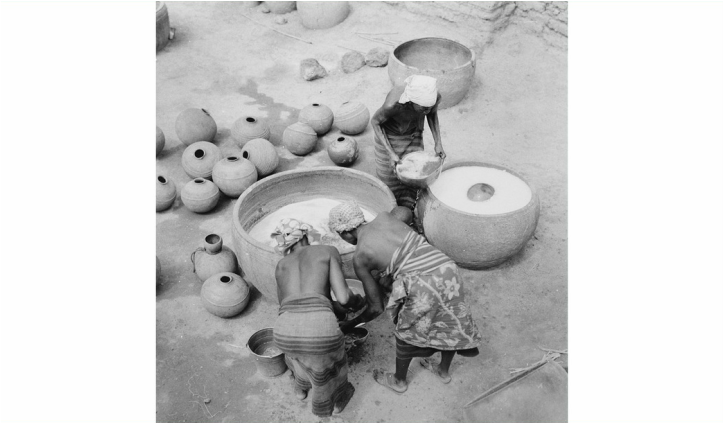
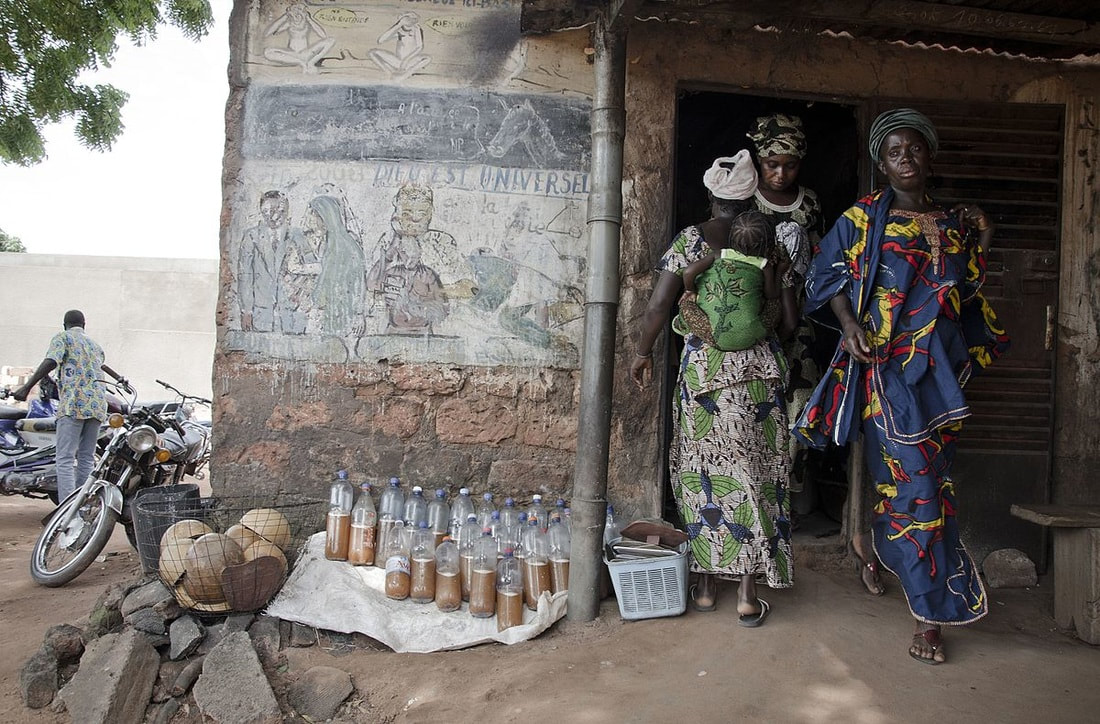

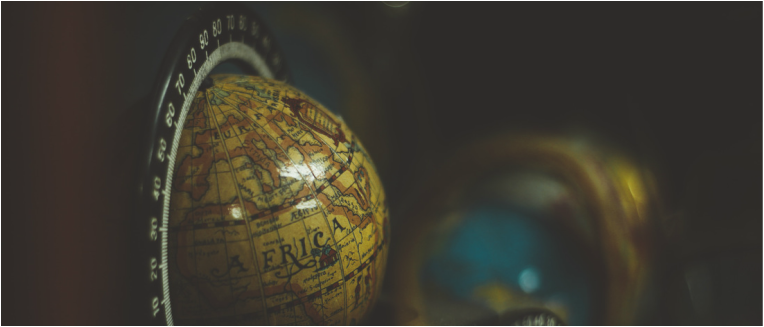

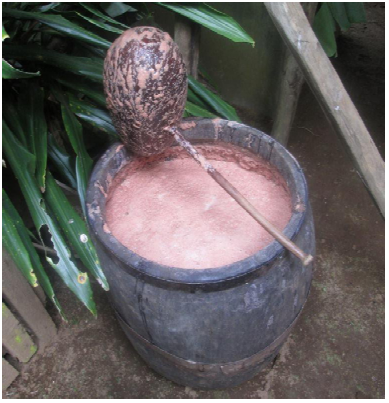
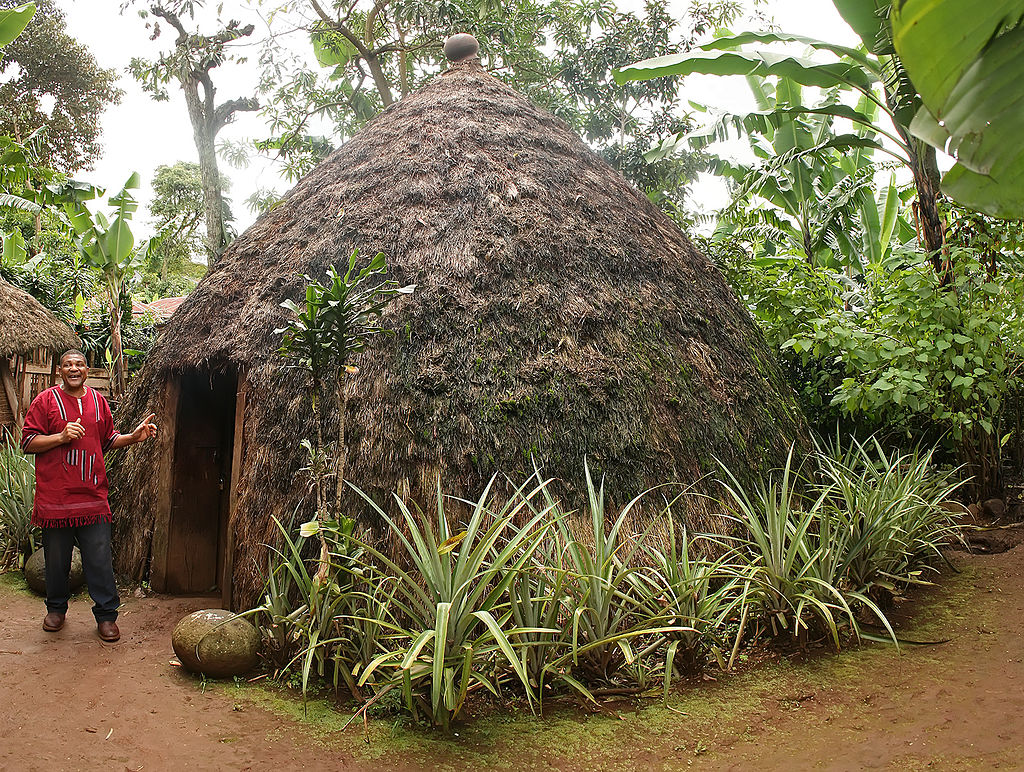
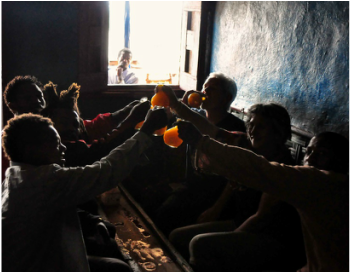
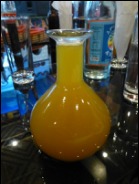
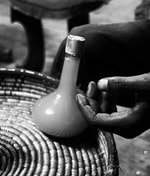

 RSS Feed
RSS Feed
